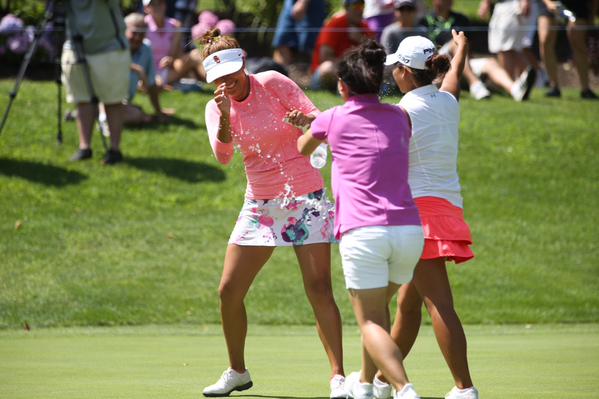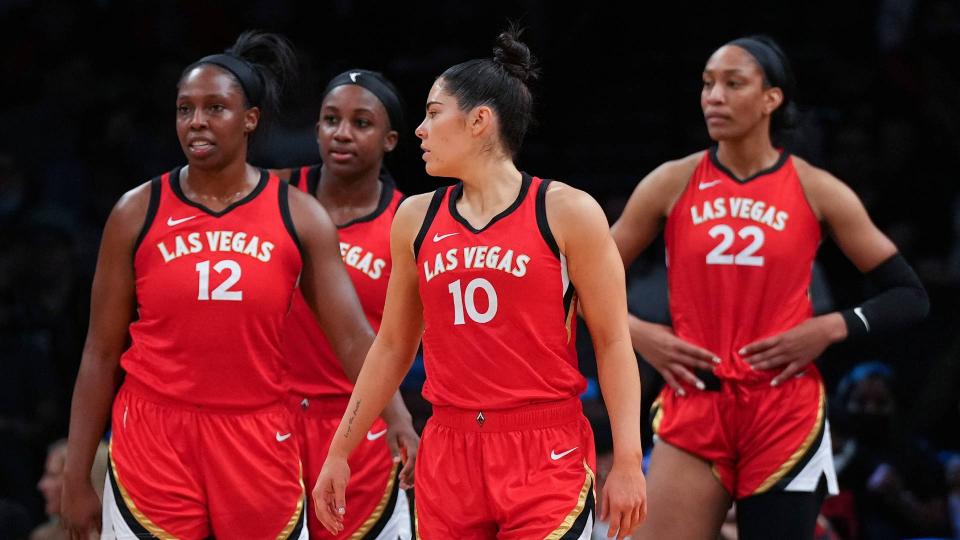
If you've been following the development of soccer in the United States for any length of time, you've no doubt read about Fred Oliver. This player, a native of Pawtucket, Rhode Island, played centerback, defender, and forward for the Pawtucket Free Wanderers. One of the most remarkable aspects of American soccer's early history is the inclusion for the first-time of African Americans in a senior league. His career began at a bolt factory. But he was a star for team's names, earning him a spot on the first edition World Cup.
African Americans have participated in senior leagues
There is a long soccer history in the United States, but very little information about it. These leagues don't have the resources or bandwidth to document their history. To uncover these stories, sports historical societies were created. The Society for American Soccer History recently published information about the first African American soccer players. The report, Fred Watson and Oliver Watson, details the history of the United States' first known African-American soccer players.

Despite the fact that the game has become more diverse, the dearth of black representation in its executive roles remains a serious problem. Only 1.6% of soccer executives is black. Burton Albion is the only Black owner of professional soccer clubs. Salford City is a low-profile English third or fourth tier. Black ownership is partially responsible for the shortage of Black managers or coaches. The Society hopes to change this though by offering a platform for African American athletes.
The NASL dropped in the 1980s
The NASL was struggling to stay competitive in the 1980s. The league's decline was due to overexpansion and disputes with its players' union. At the same, unemployment was at 10.8%, its highest level since World War II. It was obvious that the league was losing money as owners tried to cut costs. The league was close to collapse in 1982.
The financial difficulties of the league began to impact clubs. The league had just 18 teams in 1977 and most owners were spending 70% or more on salaries. The NASL's lack of financial resources led many owners to drop weaker teams and continue with six teams. Although 24 teams were in existence by 1978, this was not enough for the league's growth.
The 1986 World Cup was a success for the U.S.
Although the U.S. did not win the World Cup but it was successful from the start. There was a record attendance, higher than any time in U.S. football history. In the Rose Bowl, 97,451 spectators saw the U.S. defeat Yugoslavia in the first round. In the semifinals, Brazil defeated Italy 2-1 before 83,642 Stanford fans.

Based on their performance at the qualifying stage, the United States qualified for World Cup. After a slow qualifying season, Jurgen Klinsmann was fired by the Americans. Bruce Arena was rehired, having won three of eight qualifiers. Sunil Gulati, president of U.S. soccer, stated that the U.S. had set a goal for the qualification campaign.